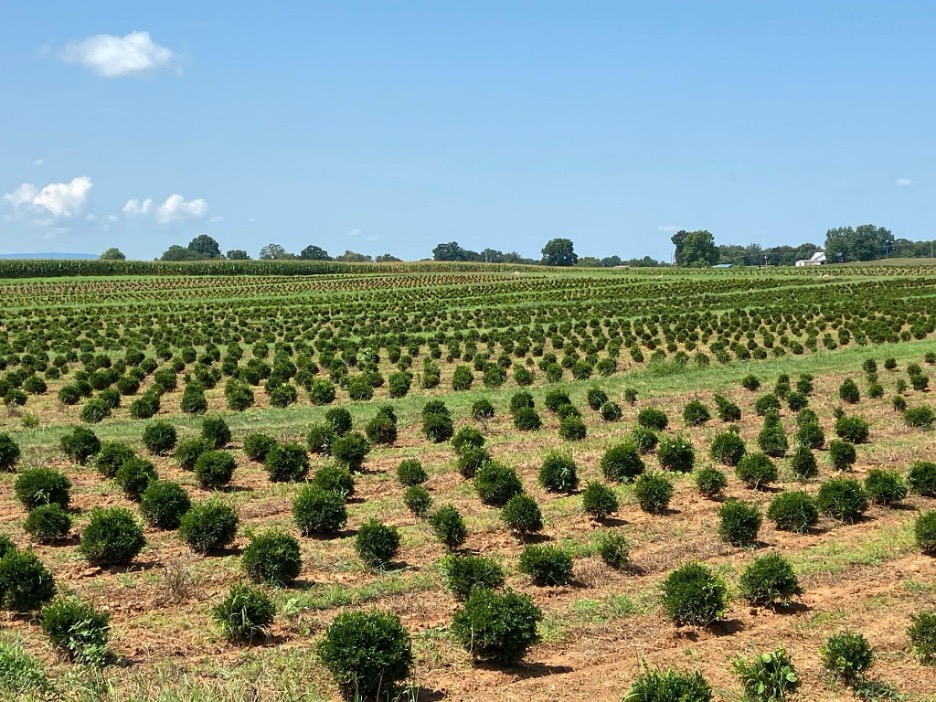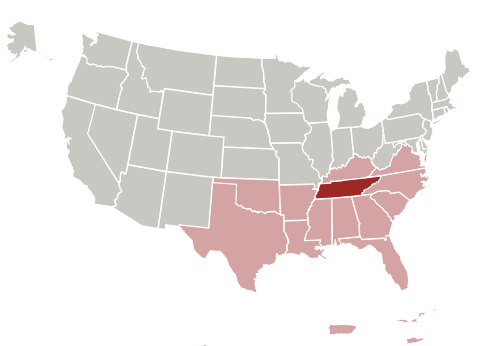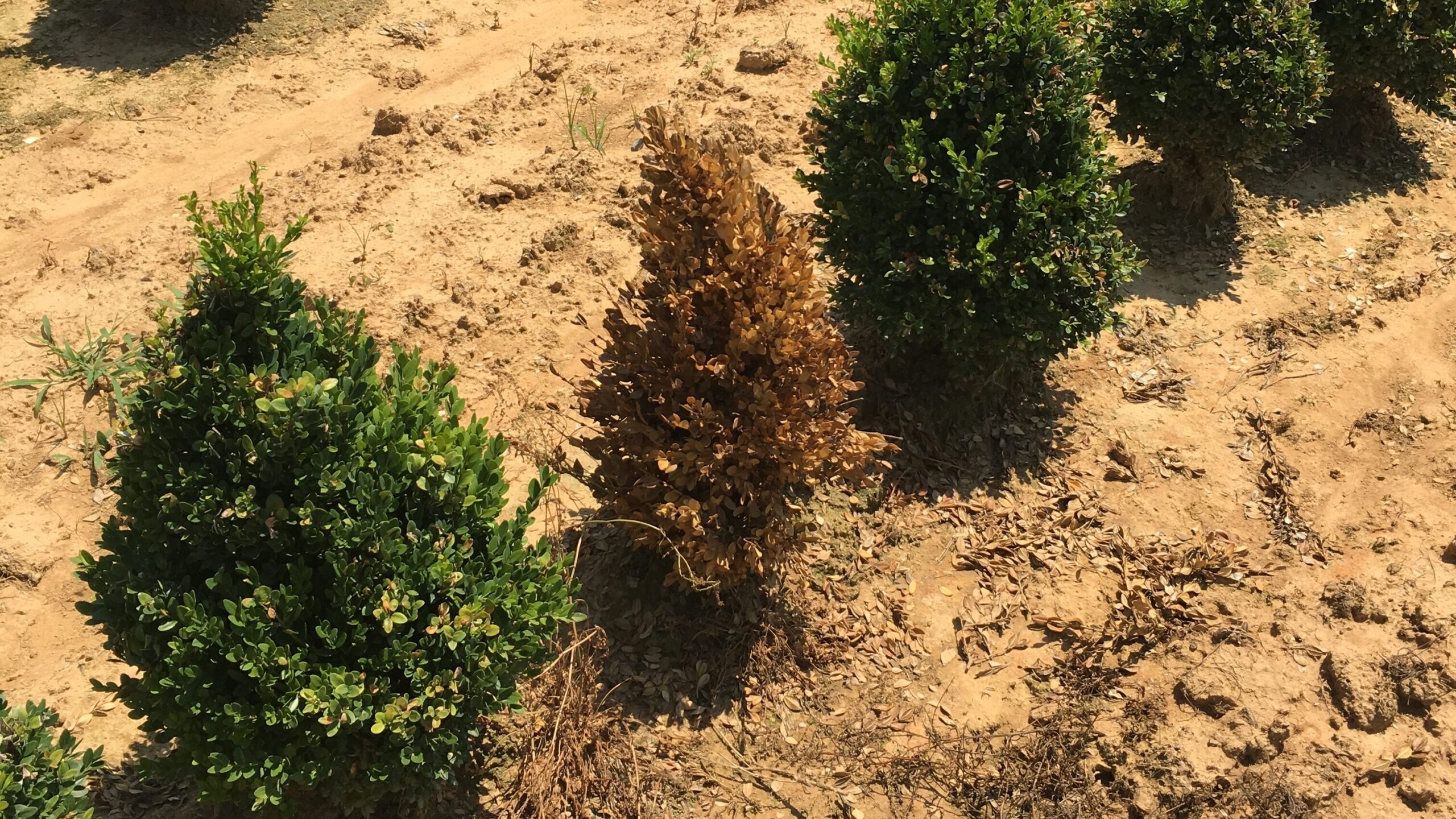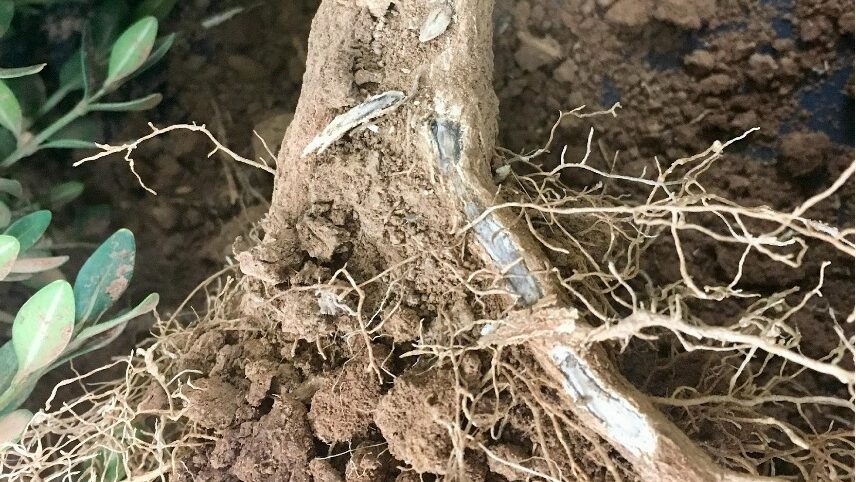
Biofumigant cover crop research guides a student into a sustainability-focused research career and positions a university researcher as a respected resource and partner among nursery productions.
This study impacted the graduate student’s work path. ... After almost five years, she is still digging into research questions as a postdoctoral researcher. It was very, very helpful to her professional development.”
—Dr. Fulya Baysal-Gurel, Partnership Grantee
A Master's Degree Student Finds a Research Home in Sustainable Agriculture

Region: Southern
State: Tennessee
Grant Type: Partnership
Grant: OS18-112
SARE POST-PROJECT EVALUATION IMPACT MODEL
This evaluation impact model is specific to this SARE-funded project.
Sustainability Impacts
The project grantees and stakeholders contributed to the following sustainability impacts:
- Environmental sustainability impacts
- Economic sustainability impacts
- Social sustainability impacts
Grantee Indicators
(University Researcher, Professor)
Project grantees (defined above) achieved sustainability impacts by engaging with the following indicators through involvement with project activities:
- Increased knowledge/skills
- Increased capacity/motivation
- Increased engagement
- Practice change
Stakeholder Indicators
(Producers, Graduate Student)
Project stakeholders (defined above) achieved sustainability impacts by engaging with the following indicators through involvement with project activities:
- Increased knowledge/skills
- Increased capacity/motivation
- Increased engagement
- Practice change
- Career growth
The Success Story
Cover crop rotation is a well-known suppressant of soil borne disease, yet in Tennessee’s “Capital Town of Nursery Production,” the practice was not being applied to woody ornamentals due to a lack of efficacy research. As part of her research program at Tennessee State University’s (TSU) Otis Floyd Nursery Research Center, Dr. Baysal-Gurel completed a study of biofumigant cover crops’ Phytophthora root and crown rot suppression on boxwood, a commonly used ornamental shrub. The study successfully demonstrated disease suppression, motivating practice change among Tennessee’s expansive nursery production network and beyond.
We conducted on-farm trials in two nursery growers' fields where they had the problem in their production. We inserted this rotation program into 10-acre areas and at the end of our study we were able to suppress soil borne disease severity by over 50% on the treated plots compared to non-use areas.”
—Dr. Fulya Baysal-Gurel, Partnership Grantee

Grantee (Researcher) Highlights
Baysal-Gurel has disseminated the research results broadly through industry publications, extension and peer-reviewed articles, and presentations to Tennessee’s two nursery associations. SARE’s funding made this outreach possible, as she does not have an extension role at TSU. SARE-funded outreach activities have positioned Baysal-Gurel as a respected resource and partner among nursery producers. SARE also influenced her research approach, motivating her to conduct on-farm trials in addition to those at the university research center. This in turn engaged growers in applying treatments and assessing results. Baysal-Gurel believes this approach was instrumental in facilitating their adoption of biofumigation techniques.

Biofumigant Cover Crops Reduce Chemical Exposure
Our goal is sustainable production. We need to reduce chemical usage and also support sustainable labor usage, as well as protection of workers. By reducing disease severity with biofumigant cover cropping, you reduce your need to apply the chemical fungicides.”
—Dr. Fulya Baysal-Gurel, Partnership Grantee
Other Stakeholder (Producers, Graduate Students) Highlights
Learning about the research findings has prompted numerous nursery growers in the region to adopt biofumigant cover cropping as a disease suppression strategy. The project also significantly influenced the career trajectory of a master’s degree student who, after working in Baysal-Gurel’s lab, went on to complete a PhD at Auburn University. The student has returned to TSU where she is now studying biofumigated soil samples. Exploring the longer-term impact on bacterial and fungal populations in the rhizosphere—the zone of soil surrounding a plant root—will enrich the learning in the context of this SARE grant.
Sustainability Impacts
Biofumigant cover cropping is reducing nursery workers’ exposure to chemical fungicides and healing the soil through practice change. Baysal-Gurel’s research is also bolstering the sustainable agriculture industry. A national supplier donated the cover crop seeds applied to the test plots in the study as part of its ongoing market research. After witnessing their effectiveness in suppressing disease, the company has sold the product nationwide. Sales over recent growing seasons indicate national uptake, suggesting associated environmental, economic, production, and social sustainability impacts.
Barriers
While many growers are now convinced that biofumigant cover cropping is an effective means of suppressing disease, they are less confident about the production compatibility and economic benefits. Additional research—and financial resources to support it—are needed to address these questions. Baysal-Gurel is poised to pursue these lines of inquiry with an Agriculture Economics postdoctoral researcher on her team.
We are seeing the impact on the disease severity, but many questions come with that. Growers see the efficacy but are questioning me about the economic cost and compatibility with their production practices. Perhaps with future funding I can address those portions.”
—Dr. Fulya Baysal-Gurel, Partnership Grantee
Limited Resources Constrain Sustainable Agriculture Research
Contributors
Southern SARE delivered an additional travel stipend to Baysal- Gurel’s graduate student to present study results at a sustainable agriculture conference. For a student attending a historically black land-grant university, this was a highly impactful opportunity to engage with the research community and discover opportunities in the sustainable agriculture research field.
SARE Funding Orients Students To Professional Opportunities in the Sustainability Space
There are other funding agencies but the difference here is SARE’s focus on sustainable agriculture. The student realized how it is an impactful continuation of sustainable agriculture research. It has moved this person into that niche.”
—Dr. Fulya Baysal-Gurel, Partnership Grantee

